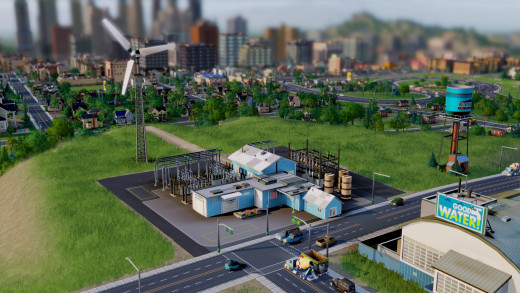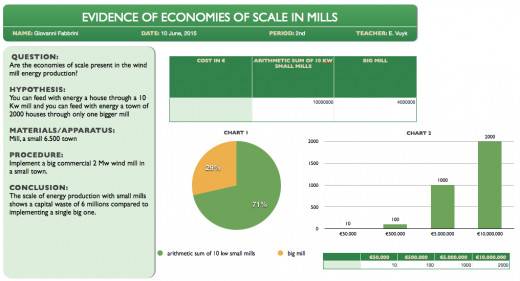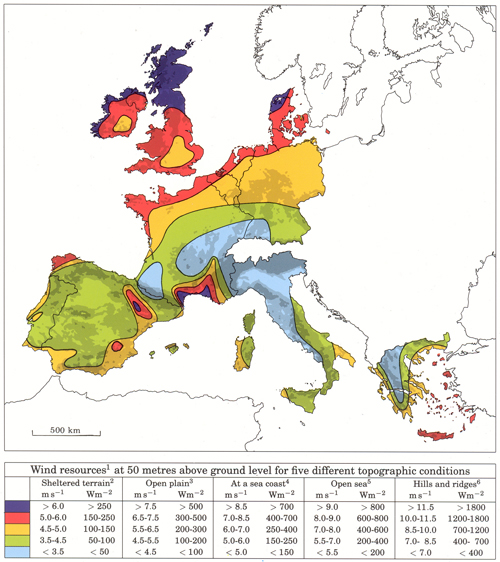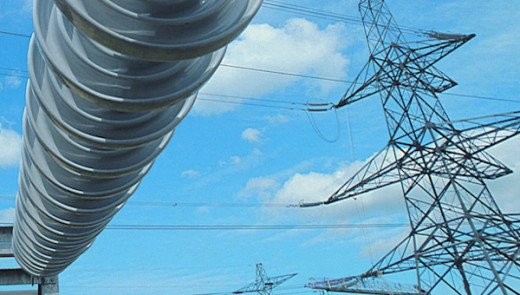Testing the power of economies of scale and energy network
Can a mill provide energy for a whole community?

Let's examine the subject. A mill is a simple and somebody would say poetical engine. There is no emission, no combustion, no consumption. The cost of a mill can vary. It starts from 50.000 euros for a 10 kw one, that is enough to produce engine for a house. A powerful public mill, the more commercial installed today, 2 MW, costs around 4 millions. So that to generate 2MW production it would need 200 small mills, with a total cost of 10 millions. The same amount of production does cost 4 millions when using a big mill.
Picture showing "big system- big save" principle due to economies of scale

Production of wind energy is not constant. It changes as wind blowing changes. In Europe one can easily see the most windy area are close to the northern seas. However on a mountain/hill one can find strong wind energy , as high as on northern regions. The energy production never accords with the energy consumption; when the production is higher there is an energy loss. When the production is lower there is a non satisfied need. In the end, accumulate energy trough a battery when the production is higher is expensive.
Picture showing wind energy potential for every region in Europe

Another economic principle to be tested using mills is the following: a net works better then the sum of its elements. That's why a network of structures using and generating energy is a system with less energy loss and less unsatisfied needs. Simple as that. Iceland produces more energy than what she consumes for the main part of the year, and that means exportation to the United Kingdom. The remaining part of the year they import energy, also from the U. K. That's basically the system. When four cities differently exposed to wind and differently crossed by waters do connect, the energy production can be shared easily, when in excess. And the unsatisfied needs are prevented. Building up a big public system can create much private savings; that makes management really interesting.
Energy networks bring benefits of networking and do have significant costs

Network management system is well known in computers. Managing a network of energy, that is to say a system comprehensive of producing transforming and consuming energy can be more stimulating. Target for the future concerns developing and expanding networks; that will bring both jobs and stability in energy distribution.







